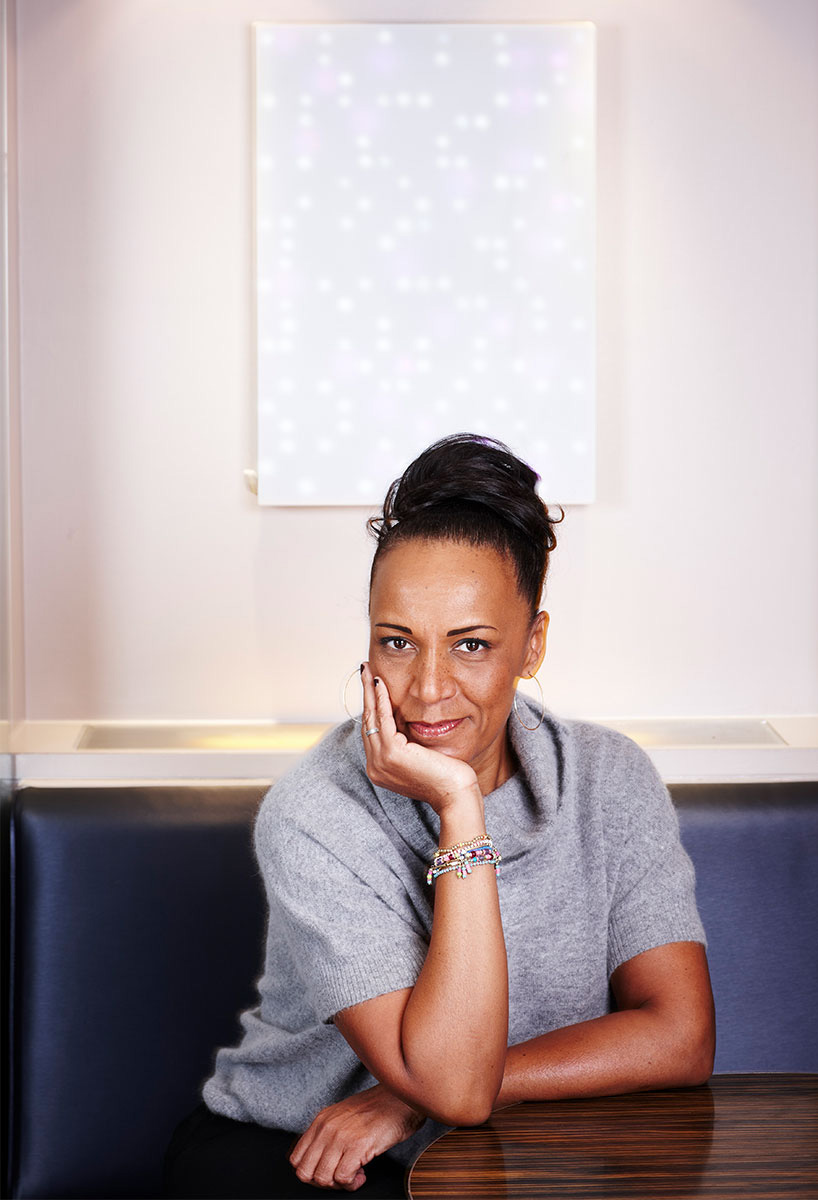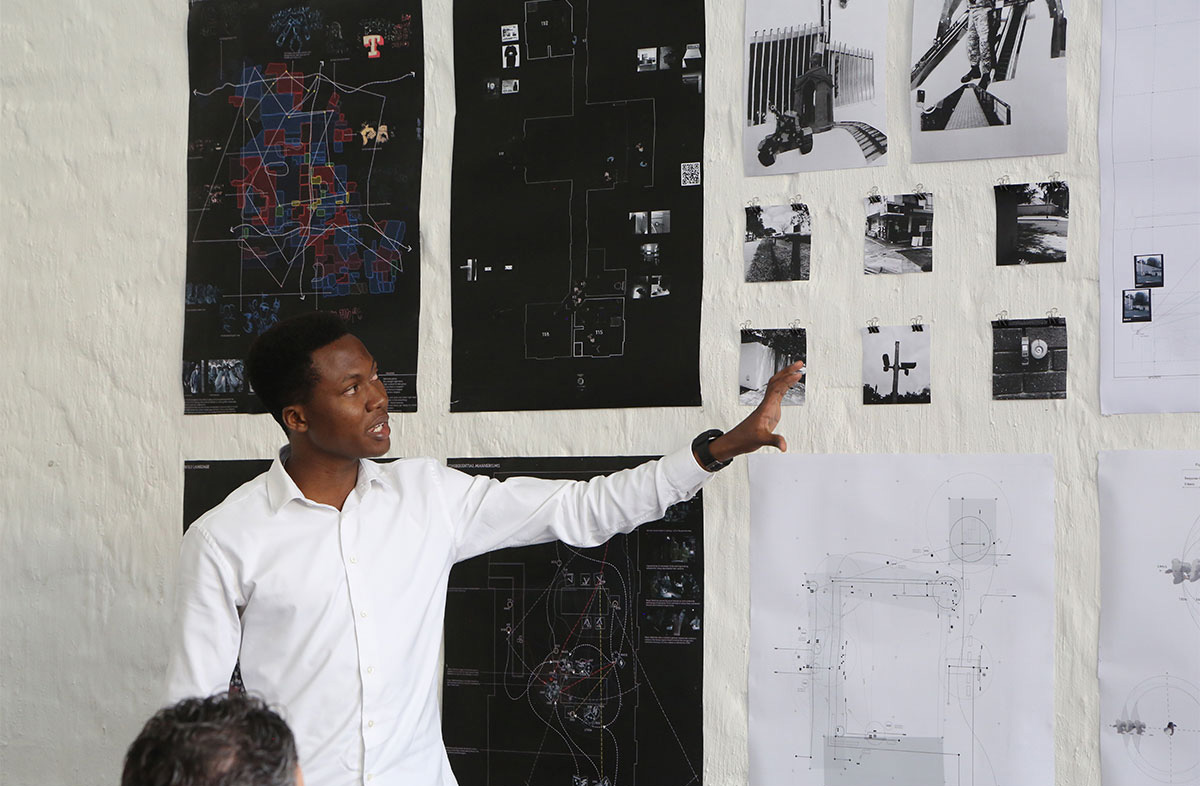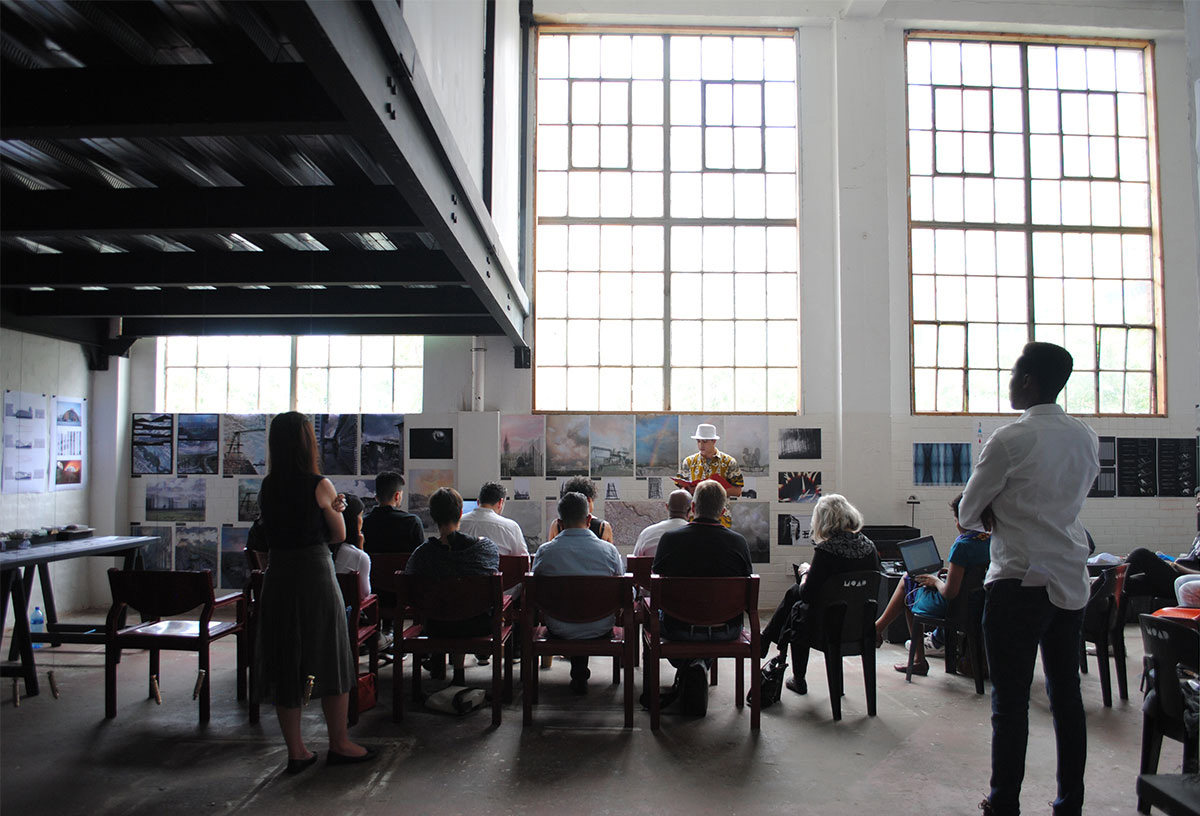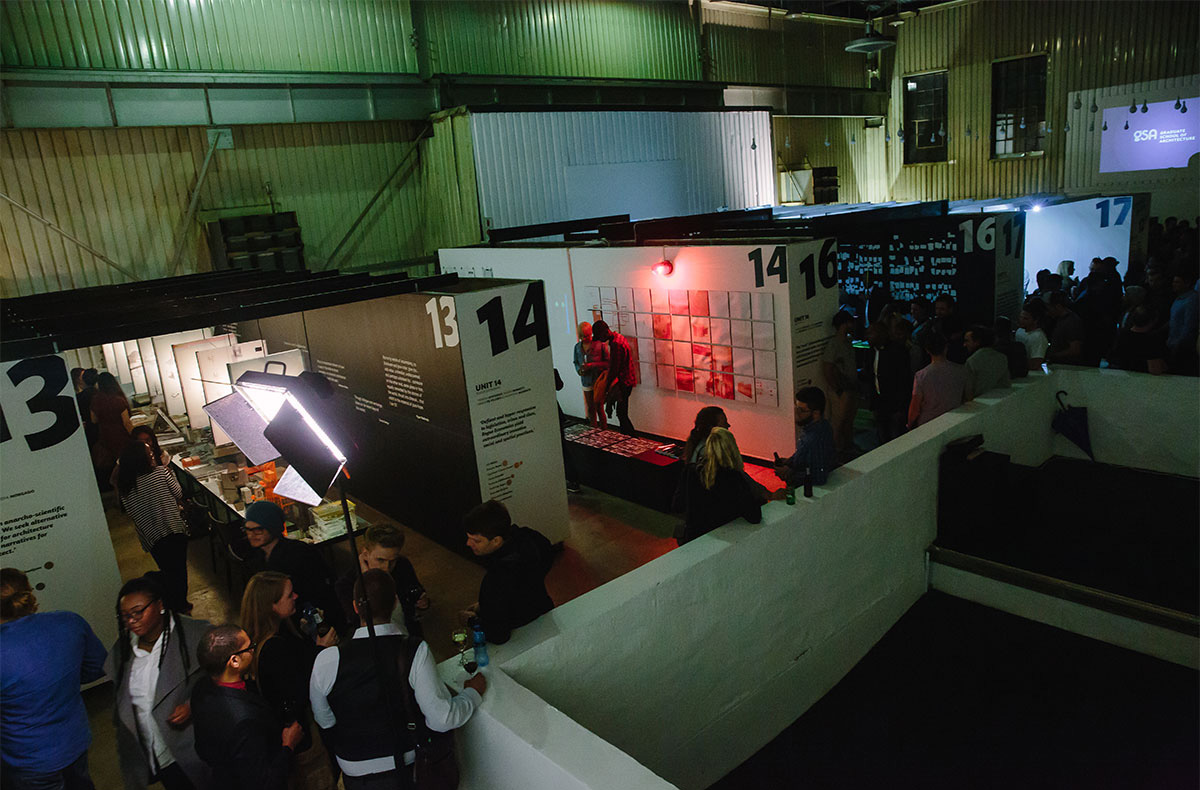Author, academic and alumna Lesley Lokko on how transplanting BSA’s unit system to South Africa is opening up new possibilities to rewrite the country’s perception of the architect.

Lesley Lokko, Director of the Graduate School of Architecture (GSA) at the University of Johannesburg. Credit: Debra Hurford Brown
An alumna of The Bartlett School of Architecture, Lokko has lived many lives: born in Ghana, she studied sociology in the US for four years before coming to The Bartlett as an undergraduate in 1989 – “the year before Peter Cook arrived, when it was still ‘old Bartlett’” – completing her training in 2004; a PhD from the University of London followed in 2007 and, in between, she taught at architecture schools in the UK and the US, practiced, built her own house in Ghana, and wrote 10 bestselling novels. “I was on a one-novel-a-year contract, I had no intention of coming back to academia. But by the 10th novel I was running out of steam.”

The GSA is the only architecture school in Africa offering the unit system, where the learning environment is organised around year-long design studios or 'units'. Credit: Yolisa Nqonqoza
Change came when she was invited to come out to the University of Johannesburg as an external examiner. “I found that I really enjoyed it, realised how much I missed it.” She joined first as an Associate Professor, later setting up the Graduate School of Architecture (GSA).
Peter Cook’s arrival at The Bartlett in 1990, and his introduction of the unit-style teaching system that the School of Architecture is now known for, was significant for Lokko – its impact on her experience as a student has informed what she’s gone on to create at the GSA, she says.
“The nickname for the GSA here is ‘The Bartlett of the South’. It’s not exactly accurate, but the connection to The Bartlett is still incredibly strong, and the people there have been supportive about what I’m trying to do – forthcoming, not just with advice but we have external examiners from The Bartlett, we get people coming to crit.”

A crit session in progress at the GSA. Credit: Yolisa Nqonqoza
Lokko says that the style of teaching and the leadership culture has been influential. “When I started at The Bartlett, I think there were six women in the class and I think I was the only black student. But it was the kind of school that you could bring almost anything to, so I found a natural home for my interest in African culture and identity, race and gender, because it was so open. Peter [Cook] was very confident in the way he rolled out the unit system and this supported my quite marginal interests. It gave me an intellectual space and a feeling of ownership over my own career choices. I’ve tried to replicate the same culture at the GSA.”
The GSA currently has the highest number of black students in South Africa, Lokko says, “and the unit system has proved to be the perfect vehicle for them to express different histories, ideas and visions. So it’s proved to be transformative, even though I don’t think that was its aim 30 years ago.” She thinks this is partly because of the system’s emphasis on the individual’s approach to architecture – it allows tutors to put the students’ experiences right at the centre of teaching.

The GSA Super Show. Credit: Tristan McLaren
“In other words, rather than have a kind of universal curriculum that everybody follows, almost irrespective of who they are or where they’ve come from, this actually asks you to take a position on architecture,” she says. “And for the students here, particularly the black students who’ve been so marginalised from the profession, it suddenly offers them a space to explore things that were always considered ‘not architectural enough’. So, we found opening up the range of media, the range of issues, the range of ideas, has been completely liberating for African students.”
Lokko says that because spatial ideology was such a strong component of the Apartheid regime, there’s always been a strange tension in South Africa between the socially-responsible aspirations of the architecture discipline and the way it was actually practiced for years, as a tool of oppression.
“You find that there’s a kind of embarrassment, almost, about the role of the architect under the Apartheid regime. The ability now to think about an architect as someone who restores social justice, who thinks about a more equitable future, who thinks about inclusion rather than segregation, I think has been very interesting.”

The GSA Super Show. Credit: Tristan McLaren
When Lokko started the GSA in 2014, there were 11 students. Next year, they’ll take in 130. She says the school has mushroomed and that it’s partly because it’s still the only school in Africa at the moment offering the unit system.
“I think these moves in the UK were never thought of as being applicable to anywhere else, but 6,000 miles away, they’ve found a resonance. The Bartlett’s approach to architecture as a much more lateral, expansive, expanded discipline sits very well here.”
 Close
Close


